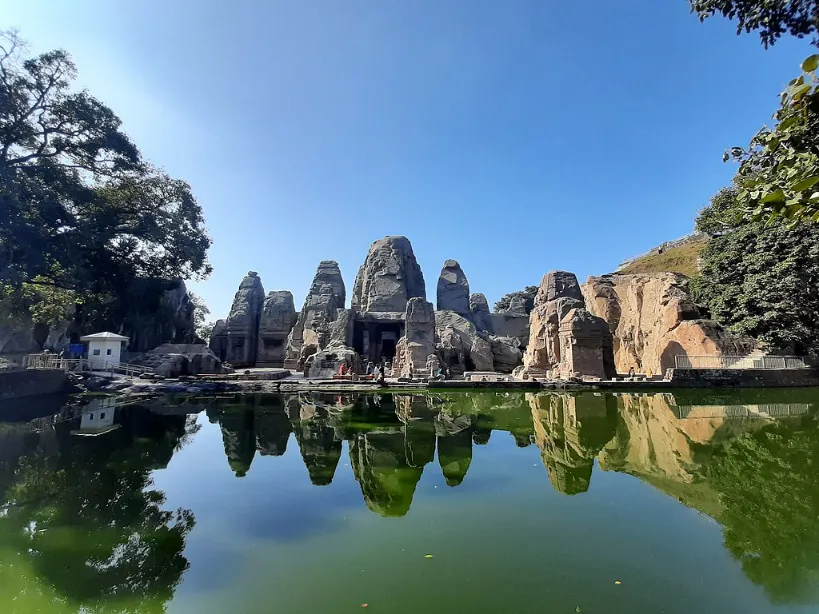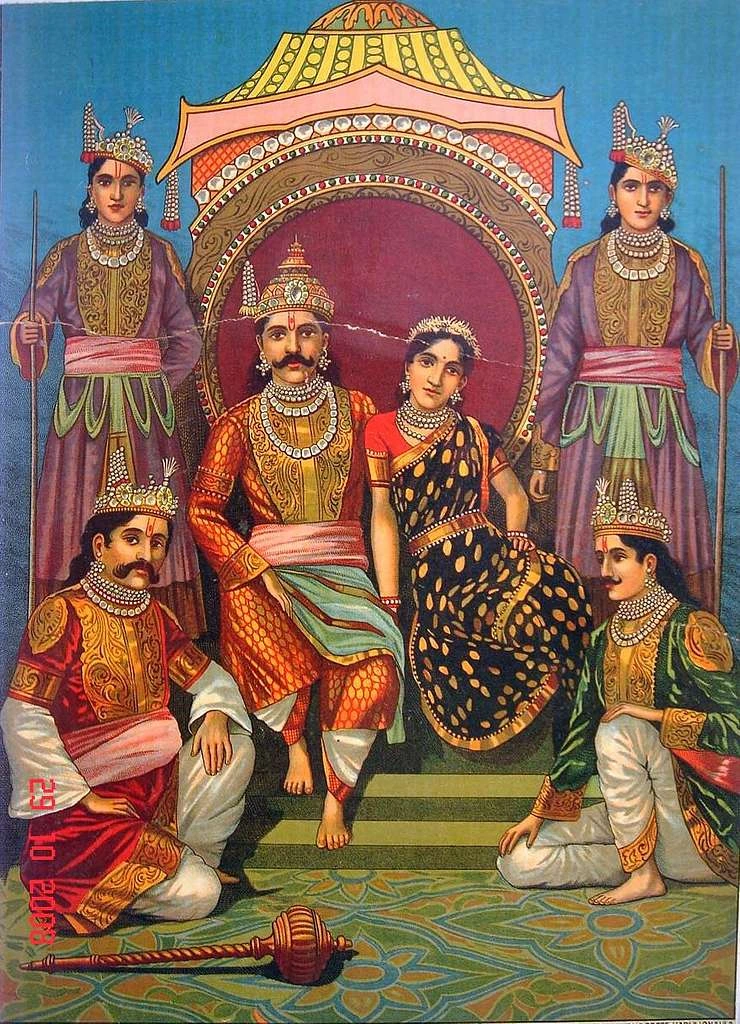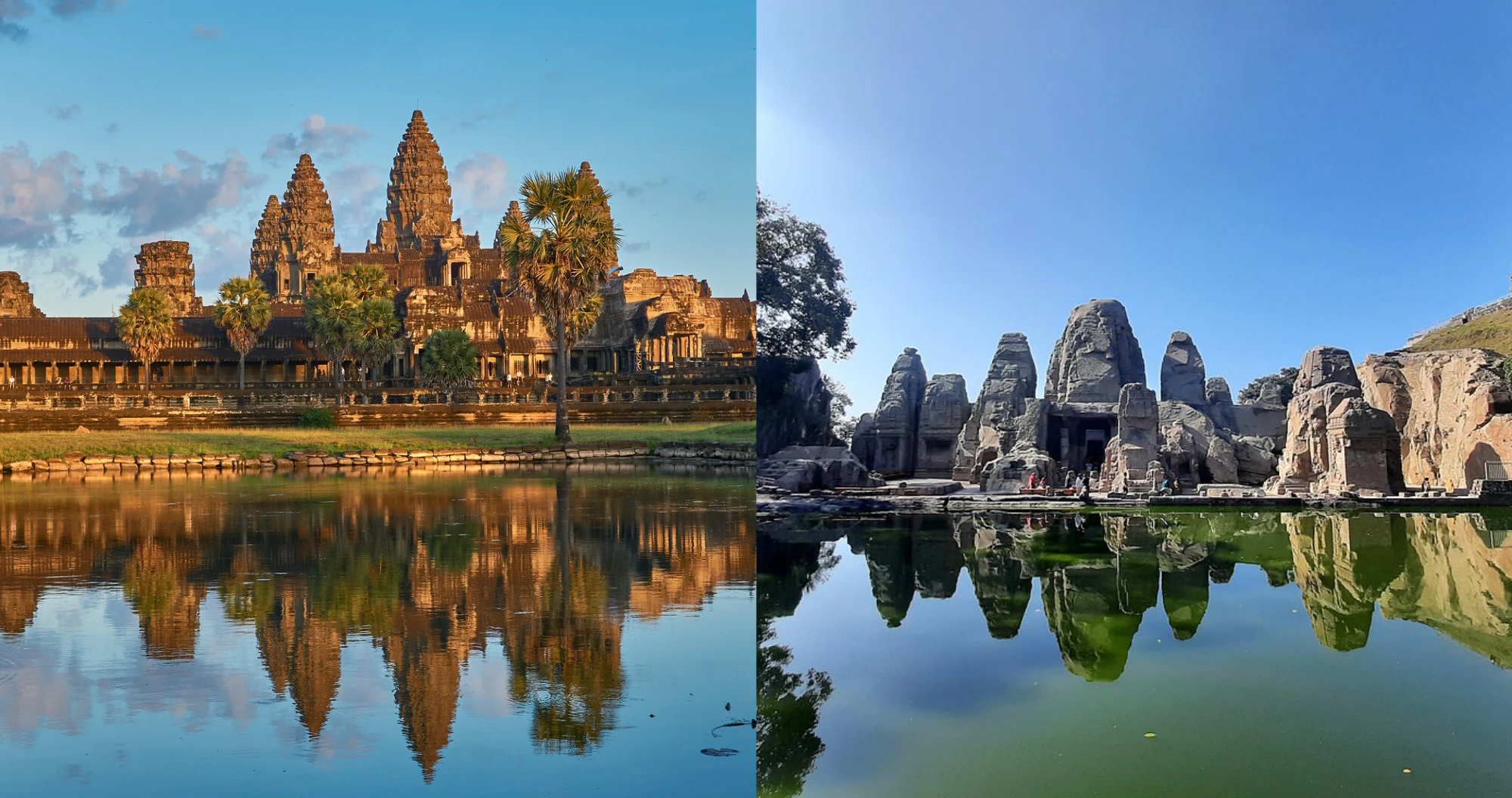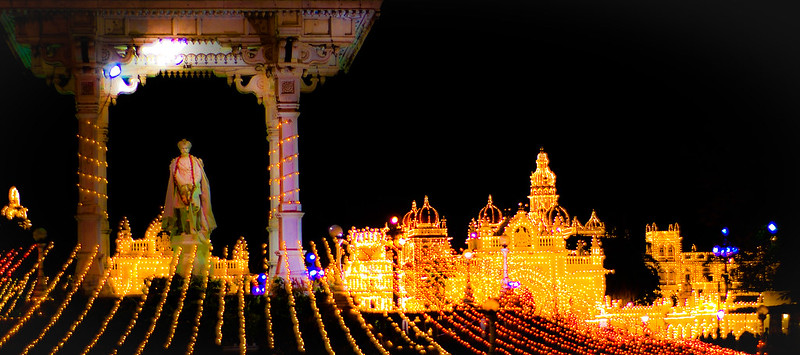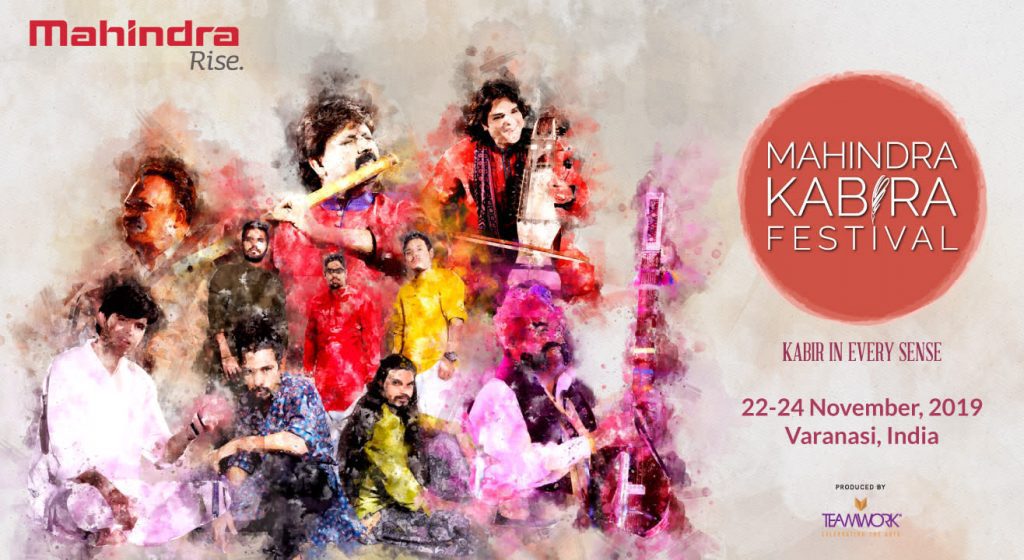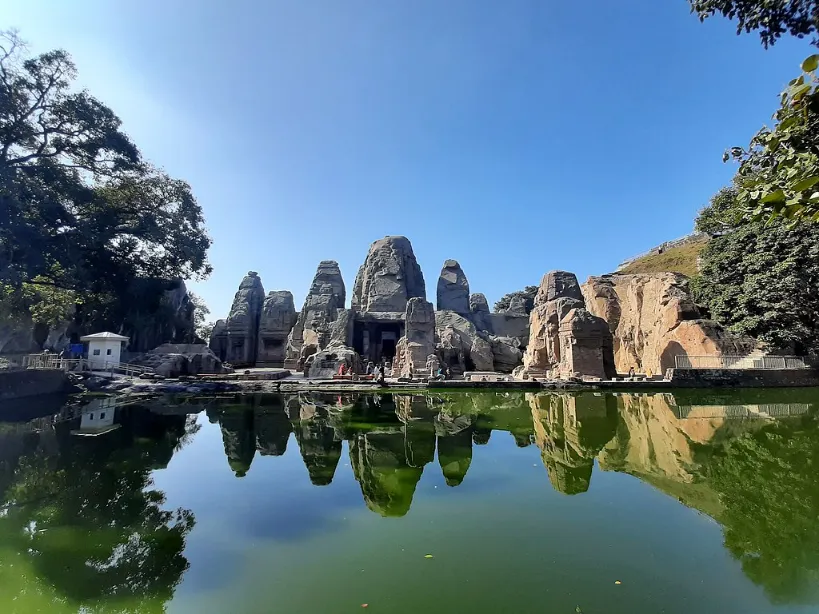
When one thinks of rock-cut temples, grand images of sites like Angkor Wat often come to mind, testaments to a civilization’s architectural prowess and dedication. Yet, as vast and popular as Angkor Wat is, India has its hidden jewels carved in stone that echo a similar sentiment. Savaari has been a trailblazer in unearthing India’s hidden treasures. This time was no different; we set our sights on a lesser-known marvel that beckoned our adventurous spirit, as we commenced our journey by booking a Savaari from Dharamshala.
Accompanied by our ever-knowledgeable driver, an air of mystery began to envelop us. The journey was peppered with postcard-worthy villages, tight serpentine bends, and capricious streams that danced around us. Our driver, Uday, full of local tales, hinted at something more: our destination, it seemed, had a secret. No one truly knew its origin!
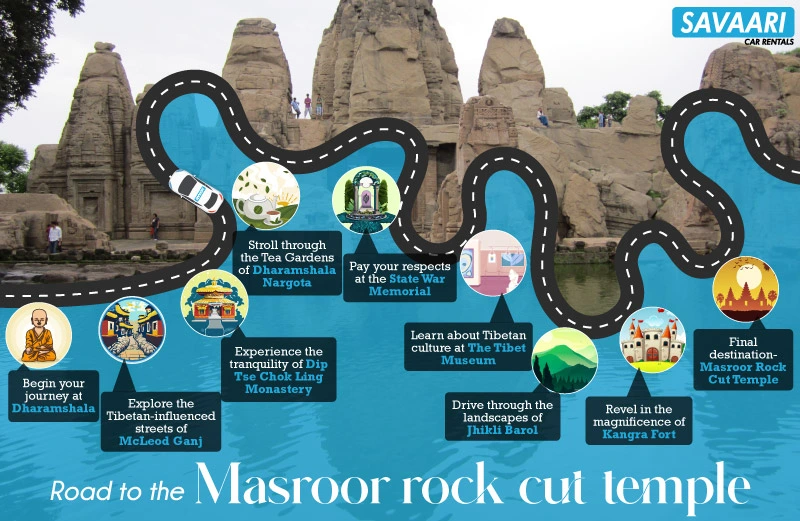
In stone and secrets – The structure that baffled historians
Uday always eager to share stories of his homeland, began narrating about a place that bore the moniker “Himalayan Ellora” or “Himalayan Pyramids”. With his words painting a vivid picture, we could hardly contain our excitement. And as we rounded another bend, there it stood, the mesmerizing rock-carved marvel of Himachal Pradesh: the Masroor Rock Cut Temple. Often overshadowed by the grandeur of the Kailash Temple at Ellora, the Masroor temple has a charm of its own, waiting for explorers to decipher its unsung tales. Perched majestically at 2535 ft above sea level, the temple complex is a testament to the sheer craftsmanship of yesteryears.
Carved meticulously from a single rock, the 15-monument cluster provides a panoramic view of the Dhauladhar range of the Himalayas. The temple, often referred to as the Masroor or Masrur Temple, has been facing the harsh tests of time and nature, with only its ruins now hinting at its past magnificence. Despite its state, the allure of the rock cut temple architecture is undeniable. “You won’t find something like this in the Himalayas,” our driver remarked. “These monolithic structures are usually down south, like at Ellora and Mamallapuram.” If you’re curious about the similarities between the two structures, refer to this Ellora guide.
While the exact number of Indian rock cut temples are difficult to pin down due to their vast presence, prominent examples include the Kailasa Temple in Ellora, the Pancha Rathas and Varaha Cave Temple in Mahabalipuram, the Badami Cave Temples in Karnataka, and the Dharmaraja Ratha, Tamil Nadu. However, the Masroor rock-cut temple’s monolithic structures, standing independently atop a hill, are a rarity in the Himalayas. The uniqueness of Masroor’s location, on a hill’s summit, makes it stand apart.
The lack of abundant literature or popular mentions has kept this architectural splendour somewhat hidden, but perhaps that’s what makes it all the more enchanting. We sought to uncover its rich tapestry, exploring not just its historical significance but also its architectural prowess.
Tracing roots – Delving into origins and ancient lore
The Masroor rock-cut temples stand tall, not just as architectural marvels but as guardians of myriad stories and legends. With the absence of inscriptions and any substantial written Masroor temple history, the origins of these temples are swathed in enigma. Who commissioned them? Who were the artisans behind this masterpiece? The answers remain elusive but here’s what we found after speaking with the locals.
Folklore and the Pandavas
In the realm of ancient Indian epics, the Mahabharata sheds light on the ‘Trigarta’ or ‘Jalandhar’ Kingdom, wherein the temple complex once stood. This kingdom also finds mention in the works of the renowned sage, Pāṇini, who set linguistic standards for Classical Sanskrit.
The tales of the Pandavas, the renowned brothers from the Mahabharata, are intricately woven into the fabric of Masroor. Legends narrate that during their exile (vanavaas), they sought solace in the precincts of this temple. The unfinished staircase inside the Masroor Rock Cut Temple is particularly fascinating. It’s believed the Pandavas embarked on building a stairway to heaven, intending to complete it by daybreak. But, the king of Gods, Indra, fearing easy access to heaven, interrupted their task with his deceptive crow call before dawn. To discover more about it, you can explore various other places in contemporary India where you can encounter the footprints of the Pandavas in this blog.
Shiva devotion and Raja Yashoverdhan
Another tale narrates that the Pandavas commenced building this temple but had to abandon their mission midway when recognized by locals. The rectangular pond within the temple complex further deepens their connection, believed to have been constructed specifically for Draupadi’s ablutions. Another prevailing myth attributes the temple’s creation to Raja Yashoverdhan, an ardent devotee of Lord Shiva. The figure of Lord Shiva at the entrance stands testament to this belief.

Settlement and legacy
Beyond the temple’s confines, the surrounding area is speckled with caves and ruins. These vestiges are silent testimonies to a once-thriving human settlement in the Masrur region. Whether it was a cultural hub, a spiritual ground, or a bustling town remains a matter of scholarly pursuit.
Historical witnesses and cultural exchanges with Cambodia
The temple has had its fair share of illustrious visitors. The famed Chinese traveller Hiuen Tsang in 635 CE chronicled the kingdom’s prosperity. The Austrian explorer in 1835 drew parallels between the Masroor temples and the Ajanta-Ellora temples. The similarities between the Masrur temple and Cambodia’s Angkor Wat, built in the 12th century CE, cannot go unnoticed. The parallels in structure and form suggest potential cultural exchanges or regional influences, sparking curiosity and demanding further historical research.
Beyond Cambodia, the “Masroor” meaning is debatable. “Masroor” itself is an Arabic name, meaning “one who is happy” or “joyful”. It’s unclear how the name “Masroor” became associated with this temple complex in Himachal Pradesh, but over time, the temples have come to be known by this name due to their location.
Colonial reconnaissance and documentation
Come the late 19th century, British Indian officials began recognizing the temple’s significance. Although a study in 1887 shed light on its features, the tragic 1905 earthquake ravaged its beauty before conservation could begin. British official Shuttleworth’s 1913 expedition, followed by his report labeling it a “Vaishnava temple,” was a notable contribution. Harold Hargreaves’ independent survey in 1915 further highlighted the temple’s multifaceted nature, with iconography spanning various Hindu traditions.
The temples bear not just the weight of their stones but centuries of tales, transitions, and transformations. While much of its art and sculptures were lost, likely to the devastating Kangra earthquake, the Masroor temples remain as enigmatic sentinels of India’s rich heritage.
From ruin to resilience – The 1905 Kangra earthquake legacy
In 1905, the picturesque Kangra Valley in Himachal Pradesh, India, was devastated by a catastrophic earthquake, measuring 7.8 on the Richter scale. This calamity resulted in the tragic loss of over 20,000 lives and left behind a trail of widespread destruction, annihilating historical monuments, temples, and homes. The Masroor rock-cut temple faced its fair share of havoc, but not to the extent as imagined, and here’s how.
Devastation from the earthquake
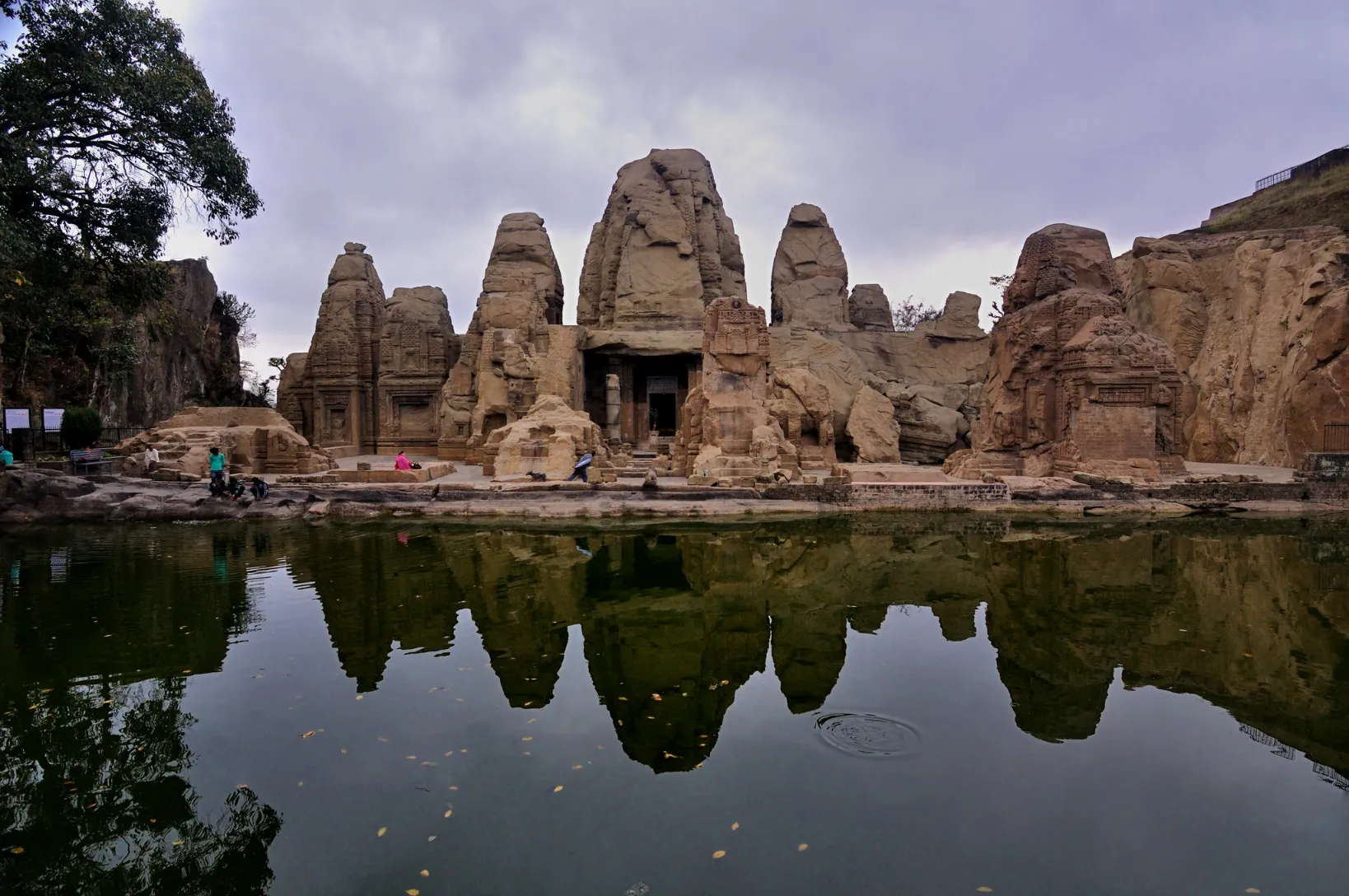
In the aftermath of the 1905 Kangra earthquake, numerous ancient monuments scattered across the Himachal Valley region experienced extensive damage. Among them, the Masroor Temple, much like Kangra Fort, endured significant deterioration. Before the earthquake, despite being in a state of decay from the late 19th century, the temple complex was in a relatively better condition.
The earthquake’s impact was most visibly marked on the right-hand section of the temple complex, with its damages somberly mirrored in the sacred pool adjacent to it. Nevertheless, the temple’s intrinsic monolithic architecture, coupled with the durability of its stone construction, enabled it to withstand the disaster. Even so, the aftermath left it marred with evident cracks and several portions collapsing.
Impact of remoteness
The Masroor Temple’s remote location played a dual role in its history. On one hand, this isolation contributed to the prolonged neglect and lack of upkeep, resulting in the temple’s current state. Conversely, this very remoteness shielded the temple from the perils of invasions. History narrates that formidable structures like the Kangra Fort fell prey to invaders such as Mahmud of Ghazni and later Firoz Tughlak. In contrast, the Masroor Temple’s secluded location ensured that it remained untouched, thereby preserving its historical and architectural essence from the ravages of time and invasions.
Stones of sanctity – Masroor rock-cut temple’s architecture
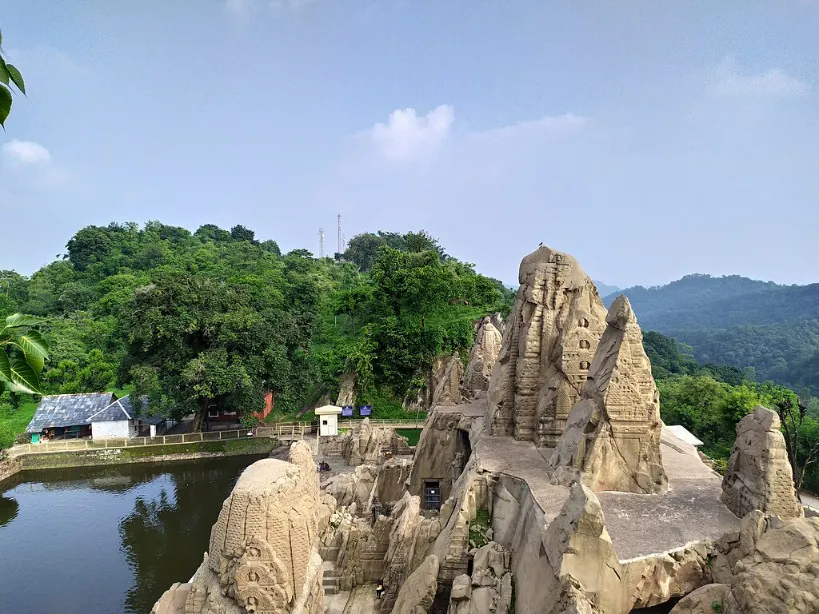
During our visit, the Masroor rock-cut temples, both spiritually profound and historically significant, unfolded their tales of antiquity right before our eyes. In their current state, the ruins narrate stories of time gone by, but the essence of their architectural marvel still shines through. Here’s what particularly captured our attention.
Sacred aspects
Perched majestically at 2535 ft above sea level, the Masroor temple complex stands out uniquely with its monolithic rock-cut architecture. An enormous quadrilateral pool, always brimming with water, flanks the temple complex, adding to its sanctity. We were informed that many devotees believe the waters possess purifying properties, capable of absolving sins. The pool not only mirrors the temple’s magnificent silhouette but also beautifully frames the snowy Dhauladhar range beyond.
Architectural prowess
The temple, a product of meticulous craftsmanship, boasts of being carved out of a singular monolithic rock. It showcases the quintessential Shikara architecture in the Nagara style, reminiscent of the illustrious Ajanta-Ellora temples in its design and finesse.
Temple layout and iconography
The temple complex is characterized by four entrances. While the eastern one is primarily used, the northern and southern ones remain partially complete, with the western entrance still in its nascent stages. The heart of the temple houses the revered Shiva Linga, termed Thakurdwara, adorned with intricate carvings. The main sanctum sanctorum houses idols of Lord Rama, Lord Lakshmana and Goddess Sita.
Encircling these central deities are smaller temples dedicated to various gods from the Hindu pantheon, such as Brahma, Vishnu, Surya, and Durga. Unfortunately, the mandapa, once bustling with devotees and religious discussions, has since crumbled. Yet, the walls remain adorned with carvings of deities and mythological narratives from the Vedas and Puranas.
Artistry beyond comprehension
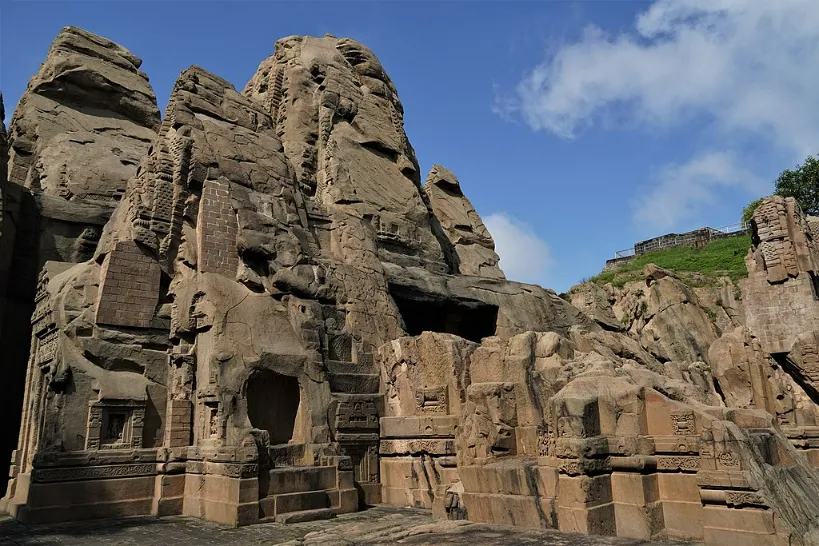
Adjacent steps carved into the mountainside led us to what seemed like an ancient storehouse. Here, remnants of once-glorious idols lay, hinting at their past splendor. The vantage point atop this hillock offered a breathtaking panorama: the temple silhouetted against the grand Dhauladhar Ranges. Capturing the temple complex in a photograph, set against the backdrop of the serene pond where Magur swam curiously towards our offered food, the scene was ethereal. The spires, with their intricate designs, seemed to pierce the evening sky, echoing tales from an era long gone but never forgotten.
The precision of the carvings, particularly the anatomically accurate and detailed human figures, left us in awe. The temple complex was carved out of the natural sandstone rock. In some places, the rock is naturally very hard, which would have been difficult to carve, but is also the reason why the intricate carvings on it have preserved for over 1,000 years.
Such meticulous craftsmanship on tough sandstone seems almost otherworldly. The adjacent hill-rocks, standing sentinel on either side of the temple, further enhance its grandeur. Scaling the rock to the northwest provided a bird’s-eye view of the temple complex – a sight that left an indelible mark on our souls.
Things to do in Masroor rock-cut temple – An exploration guide
While the Masroor Rock-Cut Temple primarily beckons visitors with its awe-inspiring architecture, it also offers an immersive journey through history. Here’s a curated list of things to do to make the most of your visit:
- Dive into the sacred pool: Adhering to traditional Hindu architectural texts, the temple complex boasts a sacred pool. It’s not just about the architecture; the water itself carries tales of spirituality. Taking a moment to sit by its edge can be a serene experience.
- Navigate through the entrances: The temple has three entrances in total. While one is fully functional, the other two are intriguing in their incomplete state, offering a mysterious charm.
- Study the temple layout: Wander through the temple’s square grid layout. The central temple, which stands majestically, is encircled by smaller shrines. It provides a tangible map of the religious and architectural principles of the era.
- Marvel at the amazing architecture: Every nook and cranny of the temple is embedded with history. Take your time to appreciate the intricate designs, the carvings, and the stories they narrate.
- Capture the moments: The scenic beauty, combined with the historic architecture, offers countless photo opportunities. Don’t forget your DSLR. Capture the beauty of the temples against the backdrop of the Himalayas for memories that will last a lifetime.
- Support the local economy: Unlike many other tourist spots, Masroor’s surroundings remain pristine due to the lack of commercial activities. However, make it a point to enjoy a local tea and buy souvenirs when available. It’s a great way to give back to the community and take a piece of Masroor back with you.
“As a historian and a solo traveler, I’m always on the lookout for hidden historical gems. On my recent trip to Dharamshala, it was my Savaari driver who introduced me to the wonder of the Masroor Rock Cut Temples. His suggestion proved to be invaluable, for as I stood in front of the temples, I was utterly spellbound. The intricate detailing of the sculptures, especially the incredibly lifelike and proportional depictions of the human form, left me pondering how artisans of the past could carve such minute details into hard sandstone. I am deeply grateful to my Savaari driver for his insightful recommendation, making my journey even more memorable.”
Joginder Arora
Best time to visit Masroor Temple
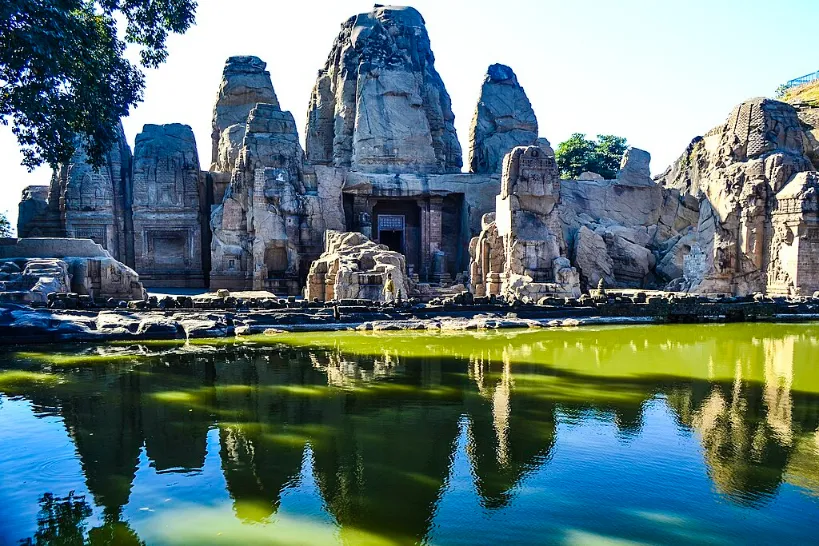
For those planning a trip, the temples are accessible from 7 a.m. to 7 p.m. However, it’s advisable to steer clear during the monsoon season due to potential landslide risks from heavy rainfall. If you’re keen on soaking in local culture, time your visit to the Masroor Temple around Shivratri. It’s not just about the temple but also the vibrant festival celebrated by the locals, making your visit all the more memorable.
Places to visit in & around Masroor Temple complex
1. Hotspring, Tatpani (24 Km from the temple):
Just a short drive from Masroor, Tatpani is famous for its therapeutic hot springs. These sulfur-rich springs are believed to have medicinal properties and offer a unique way to relax amidst nature.
2. Kangra Fort and Museum (34 Km)
An epitome of rich history and architectural marvel, the Kangra Fort stands tall, narrating tales of its past. After exploring the fort, visit the museum to delve deeper into the history and culture of the region.
3. Gupt Ganga Temple (5 Km from Kangra Fort):
Situated close to Kangra Fort, this temple, dedicated to Lord Shiva, is a significant pilgrimage spot. The serene ambiance and spiritual vibes make it a must-visit.
4. Raja Sansar Chandra Museum and Cafe (35 Km):
A tribute to the legacy of Raja Sansar Chandra, this museum offers insights into his life and the region’s history. After the tour, relax at the on-site café.
5. Wildlife Sanctuary (14 Km):
For nature enthusiasts, this sanctuary provides an opportunity to witness the region’s diverse flora and fauna. It’s a haven for bird watchers and wildlife photographers.
6. Dharamshala (40 Km):
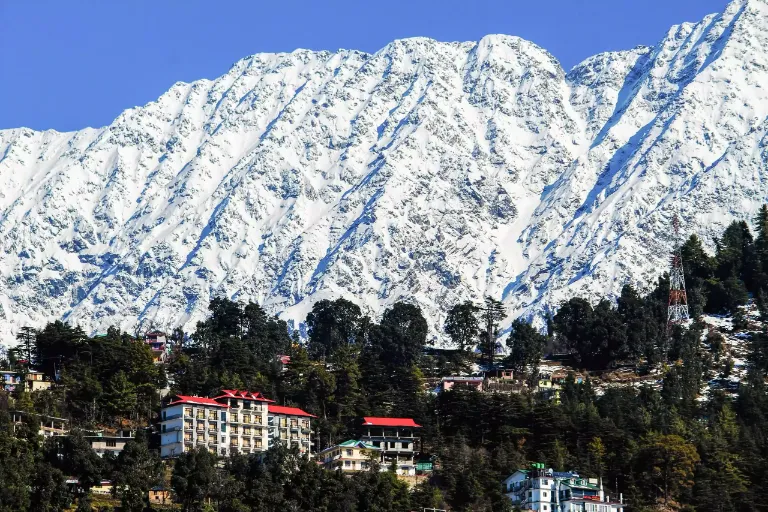
Known worldwide for its Tibetan influence and serene landscapes, Dharamshala is a blend of culture, spirituality, and natural beauty. We highly recommend bookmarking this travel guide for the best things to do in Dharamshala.
7. Dip Tse Chok Ling Monastery (300 m from Mcleodganj Bus stand)
A tranquil place of worship, this monastery offers insights into Tibetan Buddhism. Its architecture and surroundings provide peace and contemplation.
8. State War Memorial (39 Km):
Dedicated to the brave soldiers of Himachal Pradesh, this memorial stands as a testament to their valiant deeds. It’s a place of reverence and reflection.
9. The Tibet Museum (45 Km):
A deep dive into Tibetan history, culture, and the struggles they faced. The museum is a repository of artefacts, photographs, and narratives.
10. St. John in the Wilderness (49 Km):
A neo-gothic church set amidst dense deodar forests, it’s not just a place of worship but also a testament to colonial-era architecture.
Visiting the Masroor rock-cut temple – Important tips and guide
The Masroor Temple, nestled in the heart of Himachal Pradesh, is a unique architectural marvel. However, owing to its remote location, getting there might require a bit more preparation than usual. Here are some tips to ensure you have a smooth trip:
- Accessibility: Due to the rugged terrain surrounding the temple, direct vehicle access may not be possible. Be prepared to park your vehicle at a distance and hike to the temple. You can book a Savaari with a local driver to take you there, park the car a bit away, and stay there while you do your worship.
- Wear comfortable shoes: Since you’ll likely be walking a fair distance, it’s essential to wear sturdy, comfortable shoes suitable for uneven terrains.
- Carry water and snacks: Given the hike and potentially high temperatures, always carry enough water to stay hydrated. A few light snacks can also come in handy.
- Check weather forecasts: Before you leave, ensure you’ve checked the weather. Sudden rainfalls can make the hike more challenging and potentially dangerous.
- Local guides: If you’re unfamiliar with the area, consider hiring a local guide. They can not only help you navigate the path but also enrich your experience with local stories and history.
- Temple etiquette: Remember that the Masroor Temple is a place of worship. Dress modestly, and if you’re unsure about any rituals or practices, don’t hesitate to ask the locals or temple staff.
- Accommodations: There aren’t many luxury hotels nearby. Consider staying in a homestay or a local guesthouse to experience authentic Himachali hospitality.
- Local connectivity: Cellular networks might be spotty in this area. Inform someone about your plans and estimated return time before you set off for the temple.
- Preserve the heritage: The Masroor Rock-Cut Temple is an invaluable piece of our heritage. Avoid touching the carvings, and refrain from littering. Ensure you leave the place as pristine as you found it.
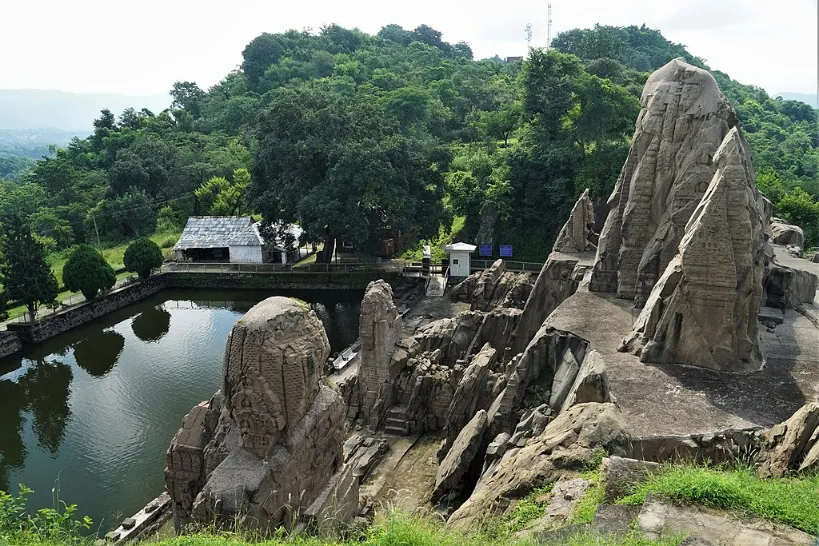
Remember, the journey to the Masroor Temple is as enriching as the destination itself. Embrace the adventure, and you’re sure to have an unforgettable experience. Safe travels!
How to reach Masroor rock-cut temple
By air
Located around 15 km from Dharamsala, Gaggal Airport has regular flights connecting it to New Delhi. After landing, you can opt for a cab service like Savaari to take you from Dharamshala to your accommodation or directly to Masroor.
By train
Situated about 87 km from Dharamsala, Pathankot railway station is the closest major railway hub. From here, you can get connected trains to various parts of India. Kangra Railway Station is connected only by a narrow-gauge train that runs from Pathankot to Joginder Nagar. From Kangra Railway Station, you would still need to arrange for a vehicle to cover the Masroor temple distance.
By road
Dharamsala, being a major tourist spot, enjoys good road connectivity. Regular buses ply between Pathankot and Dharamsala. However, reaching Masroor might be a bit of a challenge as it’s situated on the road to Nagrota, which doesn’t see frequent bus services. For a comfortable journey to Masroor, it’s advisable to book a Savaari from either Kangra or Dharamsala.
Why choose Savaari for your trip to Masroor rock cut temples?
Savaari has always been a frontrunner when it comes to exploring India’s hidden gems. We understand the allure of destinations that speak of ancient tales and mysteries, and Masroor Rock Cut Temples is one such treasure that promises both history and spiritual serenity. When you choose to journey with us, our experienced chauffeurs become your guide. These individuals possess a deep understanding of local terrains, ensuring that you not only reach your destination but also get acquainted with its tales, traditions, and intricacies.
The road to Masroor temple is known for its dense vegetation and hairpin bends, which can often challenge even the most experienced travelers. It’s common for conventional navigation systems, like Google Maps, to get slightly confused. However, with the Savaari app just a tap away, navigating becomes a breeze. Your driver will not just navigate through these winding roads but also share local legends, direct you to hidden spots, and recommend places where you can taste authentic local dishes.
Savaari’s commitment extends beyond just transportation. We prioritize your safety and comfort, ensuring a seamless journey from start to finish. Every trip with Savaari promises new stories, experiences, and adventures. So, when you decide to explore the historic Masroor Rock Cut Temples or any other offbeat destination, remember that with Savaari, you’re not just travelling; you’re embarking on an experience that will remain etched in your memories for years. Join us, and let’s chart the lesser-known paths together!
Last Updated on October 19, 2023 by blogadmin
